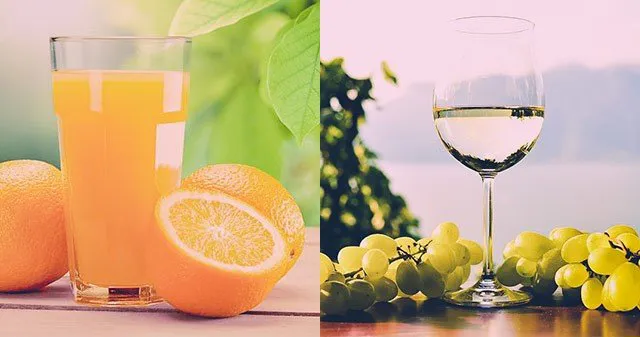
YOUR WINE TOUR ADVENTURE STARTS HERE


This morning, I drank orange juice. If I had to describe what it tasted like, I'd say "orangey." Period, end of story.
Wine is not like that. Right now, I'm seeking creative inspiration from a reliable muse - a slightly chilled glass of 2015 Rombauer Carneros Chardonnay. A vigorous swirl and then a deep, measured inhalation liberates aromas from a back-road fruit stand - green apple, ripe melon, and bright citrus. And also from grandma's kitchen - creme brûlée, baking spices, and a touch of melted butter. On the palate, this creamy gold concoction reveals flavors of tropical fruit, apple pie, vanilla, and toasted hazelnuts.
But wait, those are not the flavors of wine - at least not all wine. You can't even say they are the flavors of this wine. Rather, they are the flavors of this vintage of this wine. The 2014 Rombauer Carneros Chard was similarly creamy and delicious, with many of the same flavors, but it opened with Anjou pears and finished with a soft suggestion of nectarines.
And if you've ever visited Rombauer, along the Silverado Trail in Napa Valley, your taste buds will confirm that other varietals aging deep in their caves show no resemblance - flavor-wise - to their Carneros Chard. If the Chardonnay is their Yin, then their Yang is the 2013 Fiddletown Zinfandel: dark and brooding with a dense palate of blackberries, licorice, cocoa, and exotic spices.
So, how come wine isn’t the same no matter which bottle it comes out of? How come all wine doesn't taste more or less "grapey?"
Lots and lots of reasons...
Starting with the varietal - the specific type of wine grape. The wine grape family is a big one. There are hundreds of different varietals suitable for squeezing and fermenting, and each imparts a characteristic set of flavors to the resulting elixir (read my earlier blog, Varietals - The Spice of Life, for my scintillating anecdote on varietals).
Then there’s terroir. That’s the French word, for which there is no comparable word in the English language, that embodies the “sense of place” that lives in a great wine. The minerality of the soil, the prevailing weather patterns, even the composition of the air (Salty from the sea? Floral from nearby lavender fields? etc). All contribute to terroir, and to the nuances we taste in our glasses.
The vintage - the year in which the grapes are harvested - plays a part too. Each year, Mother Nature concocts a unique blend of sunshine, wind, humidity, rain, and frost. Same vineyard, different year = different wine. Sometimes surprisingly different.
And finally, the winemaker’s decisions come into play. Some choices are apparent. Age a Chardonnay in stainless steel for a crisp, fruit-forward taste; or in toasted oak to impart nutty, caramelly flavors. Many choices are more artistically subtle, like how much Grenache to include with how much Syrah with how much Mourvedre in this year’s GSM blend.
My point being... wine is not orange juice. It’s much more complex, multifaceted, and fascinating. Although… if you really like oranges, you should consider sampling some 2014 Danza Del Sol Orange Muscat. All the “Orangey” you could want. No oranges required.
~ Kay Syrah
Wine Country Guru Gal
Official Blog